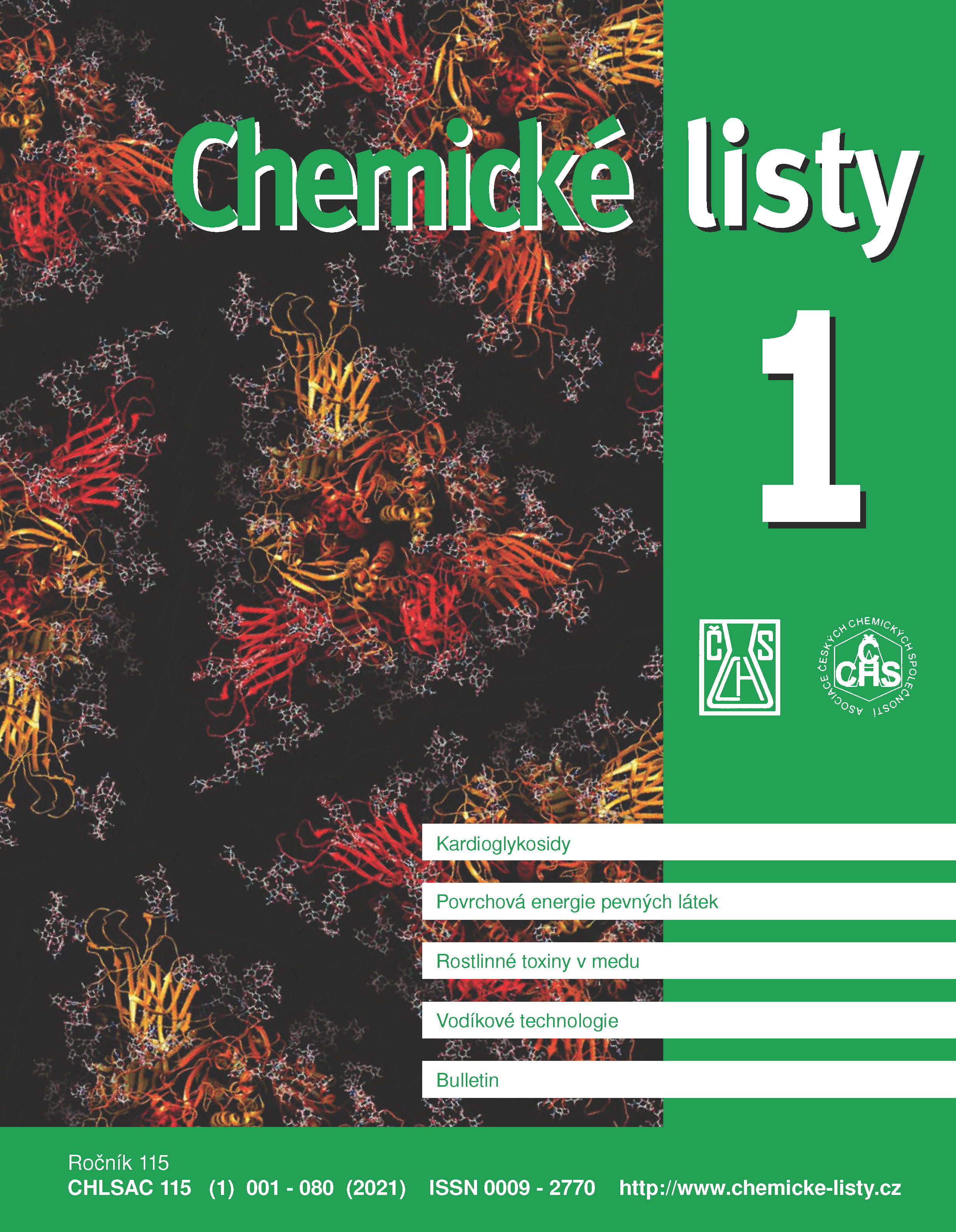Plant Toxins in Honey of Exotic Origin – "Mad" Honey and "Tutin" Honey
Keywords:
honey, “mad” honey, xenobiotics, plant toxins, grayanotoxins, tutin, health risksAbstract
There is a lot of information about the nutritional and medicinal properties of honey. However, honey may contain compounds that can lead to its toxicity. The composition of honey depends very much on the flowers visited by bees and the weather conditions in the honey harvesting area. Phytotoxins are secondary plant metabolites that show acute or chronic toxicity or have anti-nutritional effects. Bees feeding on the flowers of toxic plants can result in contamination of honey. The two best-known poisonings by honey of exotic origin are those by the so called "mad" honey, described for example in Turkey, Nepal and Korea, caused by the grayanotoxins produced by the plant family Ericaceae, the genera Rhododendron, Pieris (Andromeda), Leucothoe, Craibiodendron, Lyonia or Kalmi, and the "tutin" honey poisoning described in a part of New Zealand caused by the neurotoxin tutin from shrubs in the genus Coriaria. This is primarily the case of endemic areas, but given the widespread use of natural products, global trade and tourism, it is necessary to take into account the potential risk of not only allergic but also toxic manifestations after ingestion of honey of exotic origin.





